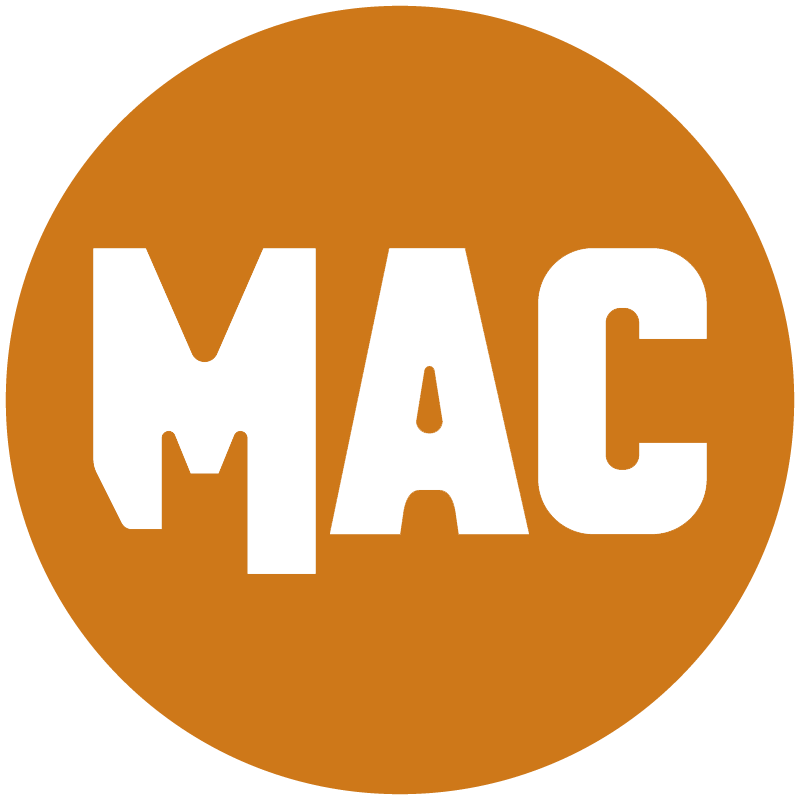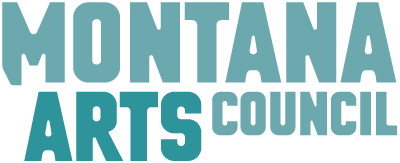

MAC's Grantwriting Handbook
Click here to view our grantwriting handbook in PDF form.Grant Writing
-
What exactly do I plan to do: what, with whom, for whom, by when? This tangibly summarizes your planning in terms that people unfamiliar with your idea will understand.
-
How exactly will I spend this money if I get it? You’ll express this in a budget.
-
What exactly will be different, and for whom, if the grant is successful? Your answer to this question will anticipate your evaluation process.
Every grant has strings, whether it’s from the public sector, the corporate sector, an individual donor, or a foundation. Government makes funds available to benefit society.
-
Your project or organization is available to all people, regardless of income, race, gender, or age group;
-
Your work is planned, as much as possible, with the people you hope to affect, as opposed to merely being planned for them;
-
Your organization is governed by people who represent the community’s many interests or populations;
-
Your work might benefit the local economy; or
-
Your work might change community life for the better?
So your proposal should articulate the public good that will result if you are funded.
How to Apply for Grants Administered by the Montana Arts Council
For details on applying for grants adminstered by the Montana Arts Council, refer to our current grant application handbook. It's got all the info needed to write applications which include only relevant information, which will save time and effort when you're applying.
Montana Arts Council Grant Application Handbook 2022
Do you know your community, the audience, or the population that you’re trying to reach?
While there may be some grants that are awarded through a noncompetitive funding formula, most public funding is quite competitive. It’s easy to feel that as a taxpayer, you deserve to have those dollars to come back to you! Public funding agencies have to spread funds as widely as possible, and reward excellent works with funds enough to carry them out.
Excellence is rewarded, but the human beings reviewing proposals have personal aesthetic ideas, as well. A proposal that wasn't’t funded by one year’s reviewers may be funded by the next.
Contact the Funding Agency
First, request guidelines and other information.
Second, call the funder's grants program staff.
-
To VERIFY that your work or idea fits the guidelines, and that your proposal is feasible.
-
To CLARIFY what the guideline language means.
-
The third objective in calling the staff is to UNDERSTAND THE REVIEW PROCESS.
Budgeting
-
List every cost, also referred to as expense, whether or not you will pay cash for it. Total these costs. Call this total "X."
-
Mark those costs that you can cover with donations. For instance, a school district, which usually charges for the use of the high school auditorium, will provide the use of the auditorium free. That’s a donation. Or maybe the newspaper will give you 50% off on advertising so half of your advertising budget is a donation. Estimate time at “fair market value.” A good general rate for artist services is $25/hour. Total these figures and call them "Y." Or call them by their grant writing name – "in-kind donations."
-
Brainstorm every likely source of income. A good rule is "Diversify!" It’s good to have a number of different sources. And it’s also good if at least some of the income is coming directly from you or your organization – otherwise it suggests that you aren’t really committed to your work. Make sure you understand the “match” required.
Think about potential income sources: a fundraiser, ticket sales, the surplus from last year’s budget, an extra membership drive, the sale of advertising, another grant, or even a wealthy donor. Total these and call them "Z."
-
Compute! From your costs X, subtract the in-kind donations Y. From this new total, subtract the cash income Z. What is left over? That is how much you still need.
-
Transfer your budget to the agency’s forms. They may have pre- determined categories but now you can easily fit your figures into these
Providing Supporting Evidence
-
Make sure that everything crucial is in the text or narrative of the proposal: use the attachments to enhance your assertions. Remember the "Show Me With Specifics" rule. If you said that you’re collaborating with the school district, enclose a letter from the Superintendent verifying this.
-
Show the reviewers your art and your vision, with a website link, DVD or CD. Make sure you show the best possible moment – hit ‘em hard from the beginning with the art, not with introductory remarks, dead space, audience coughing, or applause.
Polishing
-
A few days before the grant deadline, do a final check of your proposal. Run a spell check on your document. Typos may suggest – even subliminally – that you’re a sloppy manager, not to be trusted with public funds. Handwritten applications are hard to read.
-
Read the guidelines one more time to make sure you’ve addressed everything that was required, formatted it correctly, and made enough copies.
-
Make sure that all of your numbers agree, and add the figures in the budget one more time.
-
Ask an outsider to read what you’ve written. Try the local school district’s grant writer or a newspaper editor. Supply them with the review criteria and ask them to objectively score the proposal as though they were on the panel. Make your corrections accordingly.
Submitting On Time
-
Submit your application at least one day before the deadline. If you run into technical difficulties during submission, this will give the organization’s staff to help you resolve them.
-
And if you’re allowed to go to the review meeting, put the date on your calendar and plan to attend. That’s the best feedback of all – even if you can’t participate in the meeting.
Notes from University of Massachusetts grant writing workshop and Kristin Han Burgoyne, Montana Arts Council’s Grant Director.
Grantwriting Links
Basic Elements of Grantwriting
The Corporation for Public Broadcasting evaluates hundreds of proposals each year for a variety of funding purposes. This publication is an easy guide to the basic elements of grant writing and is offered to assist applicants to CPB and to other funding sources. It offers guideposts to help you through each stage of the process. These guideposts are transferable to a variety of grant applications. However, we encourage you to carefully read the guidelines written for each grant you select. Successful grant writing involves the coordination of several activities, including planning, searching for data and resources, writing and packaging a proposal, submitting a proposal to a funder, and follow-up. Here are some steps that will help.
Proposal Writing: Short Course
The Foundation Center’s guide to successful proposal writing. This is especially useful in connecting the project narrative and financials.
